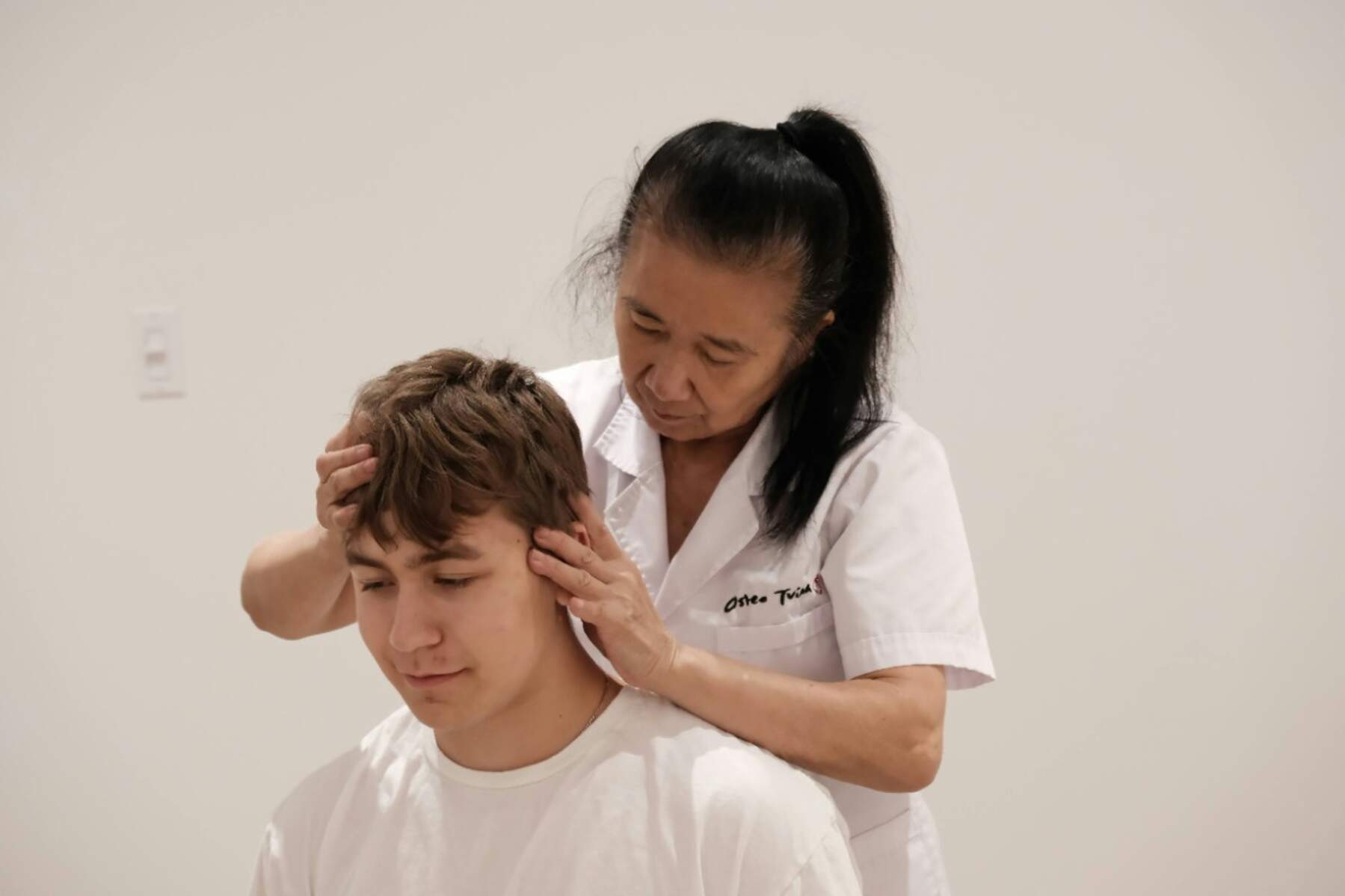Migraine Massage: A Natural Relief Technique That Actually Works
Anyone who suffers from migraines knows it’s more than just a headache. It’s a full-body disruption—often accompanied by nausea, sensitivity to light, and an overwhelming need to lie down in a dark room. While medications can help, many people are turning to a more natural, side-effect-free alternative: migraine massage.
But what is migraine massage exactly? And does it really help? In this article, we’ll explore how it works, what makes it different from regular massages, and how to use it as a long-term tool for managing migraine pain.
What Is Migraine Massage?
Migraine massage is a specialized type of therapeutic bodywork focused on relieving migraine pain and preventing future attacks. It combines techniques from deep tissue, craniosacral therapy, trigger point therapy, and myofascial release to reduce muscle tension, promote circulation, and calm the nervous system.
Unlike general relaxation massage, migraine massage targets specific trigger zones—especially around the neck, shoulders, upper back, and head. These areas tend to harbor tension or tightness that can trigger or worsen migraine symptoms.
How Migraine Massage Works
- Reduces Muscle Tension: Many migraines are triggered by tension in the neck and shoulders. Massage helps release this tightness.
- Improves Blood Flow: Restricted blood flow to the brain or scalp can contribute to migraines. Massage encourages healthy circulation.
- Stimulates Pressure Points: Specific points (like the occipital ridge) can reduce head pain when stimulated properly.
- Promotes Relaxation: Stress is a top trigger for migraines. Massage activates the parasympathetic nervous system, which calms the body.
Key Areas Targeted in Migraine Massage
- Suboccipital Muscles: These muscles at the base of the skull often get tight and compress nerves linked to headaches.
- Temporalis and Masseter (jaw): Especially helpful if you clench or grind your teeth.
- Trapezius: Upper back and shoulders hold chronic stress and tension.
- Scalp: Gentle pressure on the scalp can relieve vascular tension.
A skilled therapist will focus on these zones while avoiding overly aggressive pressure, which could worsen pain if not done correctly.
Pros of Migraine Massage
- Drug-Free Relief: Perfect for people looking to avoid medication or who experience side effects.
- Stress Reduction: Calms the mind and body, often reducing the frequency of attacks.
- Improved Sleep: Better rest equals fewer migraine triggers.
- Long-Term Benefits: Regular massage can lead to fewer migraines over time.
Cons of Migraine Massage
- Cost: Quality massage therapy can be expensive if not covered by insurance.
- Access: Not every massage therapist is trained in migraine-specific techniques.
- Timing: Massage during a full-blown migraine might not be tolerable for some individuals.
- Temporary Relief: May require multiple sessions for lasting effects.
Comparison: Migraine Massage vs. Medication
| Feature | Migraine Massage | Medication |
|---|---|---|
| Relief Time | Gradual, may take multiple sessions | Often fast-acting (within hours) |
| Side Effects | None (if performed correctly) | Common (nausea, drowsiness, rebound headaches) |
| Long-Term Use | Safe, even daily | Some risks with frequent use |
| Preventive Power | Yes, with regular sessions | Yes, but requires daily medication |
DIY Migraine Massage Techniques You Can Try
You don’t always need a professional. Here are simple massage methods you can do at home:
- Occipital Hold: Place your thumbs at the base of your skull and gently apply pressure. Hold for 30 seconds while breathing deeply.
- Temple Circles: Using your fingertips, make small circles on your temples. Do this for 2–3 minutes.
- Neck Release: Massage the sides of your neck in downward motions using your palms or a warm towel.
- Jaw Relaxation: Gently massage your jaw hinge in circular motions to relieve clenching tension.
Always move gently. If anything increases your pain, stop immediately and consult a professional.
What to Expect During a Professional Session
If it’s your first time booking a migraine massage, here’s what typically happens:
- The therapist will ask about your migraine history, triggers, and areas of pain.
- You’ll lie face up or face down depending on the areas being treated.
- The massage will focus on the neck, shoulders, scalp, and upper back using slow, intentional movements.
- Pressure is typically light to moderate, never painful.
Sessions last 30 to 60 minutes and may be combined with aromatherapy or cold compresses depending on the therapist’s style.
How Often Should You Get a Migraine Massage?
Frequency depends on the severity and frequency of your migraines. Here’s a general guide:
- Chronic Migraine Sufferers: 1–2 times a week may be ideal.
- Occasional Migraineurs: Once every two weeks or monthly maintenance sessions may be enough.
- During Flare-ups: Use self-massage or shorter professional sessions as tolerated.
FAQs
Can massage actually prevent migraines? Yes, regular massage can reduce the frequency of attacks by minimizing tension, improving sleep, and calming the nervous system. Is it safe to get a massage during a migraine? It depends. Some people find relief; others are too sensitive to tolerate touch. Try gentle pressure and communicate with your therapist. Does insurance cover migraine massage? Some insurance plans or HSAs may cover it if prescribed for a medical condition. Check with your provider. What type of massage is best for migraines? Craniosacral therapy, trigger point therapy, and gentle Swedish massage are commonly effective for migraines.
Final Thoughts
Migraine massage isn’t just a luxury—it’s a legitimate form of pain management. While it may not work for everyone, many find it to be a low-risk, high-reward therapy that improves not just migraines, but overall well-being. Whether used alone or alongside medication, it’s a valuable tool to have in your self-care toolbox.
If you’re dealing with chronic migraines, consider talking to a licensed massage therapist who specializes in headache relief. A few sessions might be all it takes to turn your migraine days into better ones.
